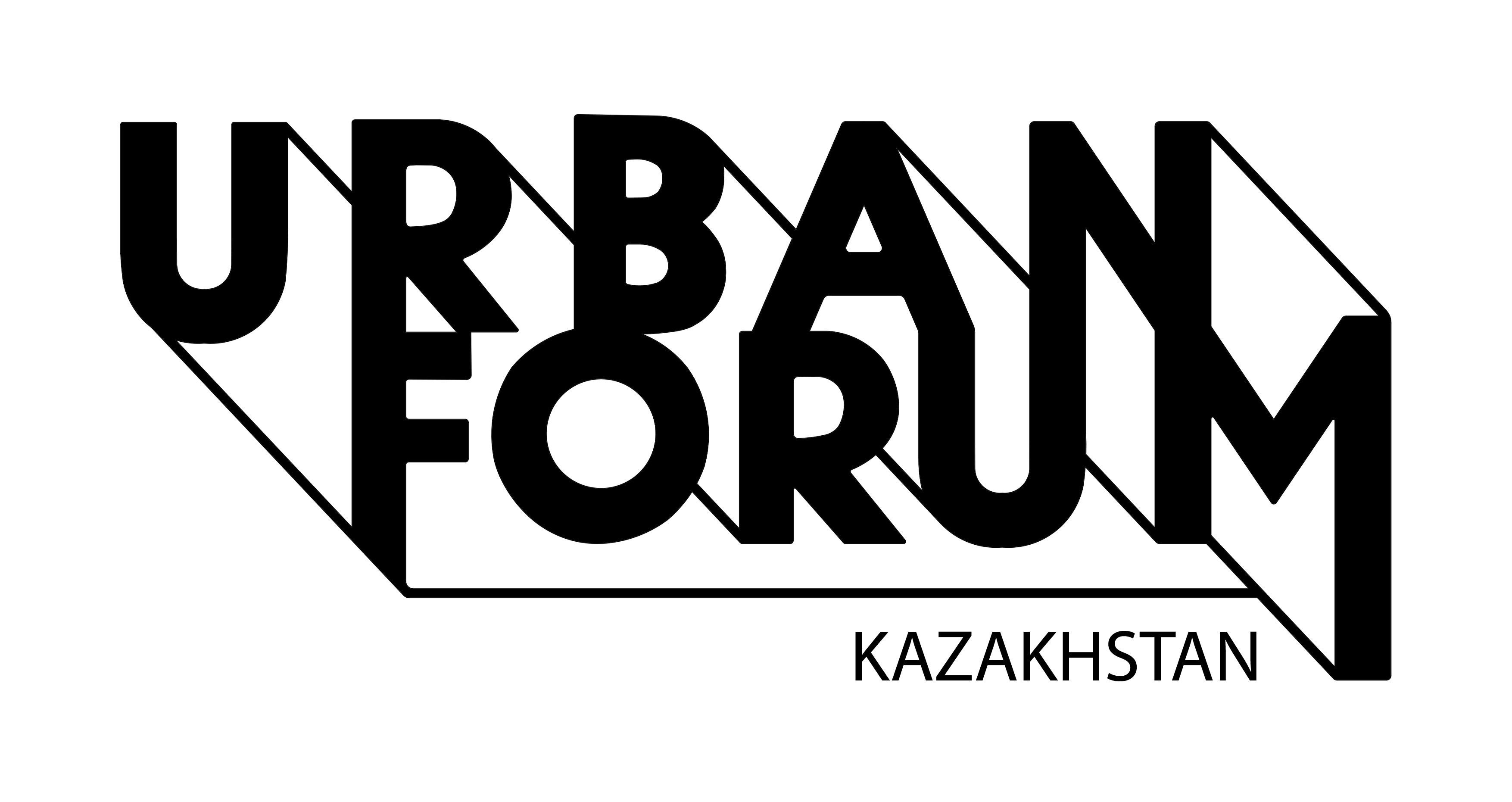Study
Impact of Private Business on the Development of Almaty's Off-Center
2017
The researchers studied how private businesses influence the development of physical urban space and social capital in Almaty's off-center districts.
The report includes an analysis of the available literature and best international practices on business engagement in the modernization of off-center urban areas; analysis of the economic potential of Almaty's off-center areas, and in-depth interviews with experts and business representatives.
Almaty contributes with 22% to GRP, with 25% to total service volume, with more than 20% of tax revenues to Kazakhstan's budget, with 54% of financial and insurance services, with 47% of retail and wholesale trade, and with 1/6 to foreign trade turnover.
Trade occupies the largest share in the city's economy structure and about half of the GRP. Businesses focus mainly on consumers within the city, they don't promote products to foreign markets.
The increase in the share of industrial production is hindered by low labor productivity in the real sector. The off-center territory is seen by authorities as the base upon which new industrial facilities will be developed. Social infrastructure, housing, roads and communications are being built in Alatau and Nauryzbay districts. This will make the districts more attractive, but additional incentives will be required for the development of private businesses.
Natural growth and migration influence urban population growth. Alatau and Auezov districts contribute with 40% to the natural population growth. Alatau, Nauryzbai, and Turksib districts account for 90% of migration.
Unemployment in Almaty is about 5.3%, the employment structure in the districts is relatively even. However, in the context of headcount, three districts of Almaly, Bostandyk and Medeu contribute with the biggest share to the employment rate. Same areas provide a higher average salary.
The quality of physical space has a growing gap in the districts in terms of transport accessibility and convenience, basic utilities, green spaces, etc.
The report includes an analysis of the available literature and best international practices on business engagement in the modernization of off-center urban areas; analysis of the economic potential of Almaty's off-center areas, and in-depth interviews with experts and business representatives.
Almaty contributes with 22% to GRP, with 25% to total service volume, with more than 20% of tax revenues to Kazakhstan's budget, with 54% of financial and insurance services, with 47% of retail and wholesale trade, and with 1/6 to foreign trade turnover.
Trade occupies the largest share in the city's economy structure and about half of the GRP. Businesses focus mainly on consumers within the city, they don't promote products to foreign markets.
The increase in the share of industrial production is hindered by low labor productivity in the real sector. The off-center territory is seen by authorities as the base upon which new industrial facilities will be developed. Social infrastructure, housing, roads and communications are being built in Alatau and Nauryzbay districts. This will make the districts more attractive, but additional incentives will be required for the development of private businesses.
Natural growth and migration influence urban population growth. Alatau and Auezov districts contribute with 40% to the natural population growth. Alatau, Nauryzbai, and Turksib districts account for 90% of migration.
Unemployment in Almaty is about 5.3%, the employment structure in the districts is relatively even. However, in the context of headcount, three districts of Almaly, Bostandyk and Medeu contribute with the biggest share to the employment rate. Same areas provide a higher average salary.
The quality of physical space has a growing gap in the districts in terms of transport accessibility and convenience, basic utilities, green spaces, etc.

Conclusions and Recommendations for the Decision-Making Center
It is important to integrate urban space when addressing the problems of the off-center. Economists, seeing the city as a labor market space, emphasize that any areas that offer jobs should be physically accessible from any community within one-hour travel distance.
Development prospects of Almaty as a global city presuppose its being as an active player. It is important to develop businesses in modern, technological areas that are easily deployed and scaled up.
On top of large-scale development of basic physical or social infrastructure in off-center areas, comfortable living there shall be in focus.
As the world experience shows, the peripheral areas get developed when integrated development projects in the format of "live, work and play" and business parks with a wide range of social infrastructure, an entrepreneurial ecosystem with large anchor investors come into play.
Development prospects of Almaty as a global city presuppose its being as an active player. It is important to develop businesses in modern, technological areas that are easily deployed and scaled up.
On top of large-scale development of basic physical or social infrastructure in off-center areas, comfortable living there shall be in focus.
As the world experience shows, the peripheral areas get developed when integrated development projects in the format of "live, work and play" and business parks with a wide range of social infrastructure, an entrepreneurial ecosystem with large anchor investors come into play.
Conclusions and Recommendations for Businesses
Off-center areas can be attractive launch sites and a base for pilot projects. As off-center areas are not well provided for, there is a potential to fill in the empty niches with goods and services production and supply.
Business that sell online may not require a front-office and will thus benefit from off-center location.
The capacity of local spaces to transform may vary by business size, scope, and tasks it intends to solve whilst doing business. This may include widening of a street for pedestrians near the business facility or increasing the loyalty of local customers and others.
Local community and inhabitants have to be consulted with when planning the future of their area.
Planners shall be mindful that positive transformation of the environment is more noticeable when homogeneous and associate businesses are clustered. The concept of existing commercial areas will have to be rethought and rebuilt.
Business that sell online may not require a front-office and will thus benefit from off-center location.
The capacity of local spaces to transform may vary by business size, scope, and tasks it intends to solve whilst doing business. This may include widening of a street for pedestrians near the business facility or increasing the loyalty of local customers and others.
Local community and inhabitants have to be consulted with when planning the future of their area.
Planners shall be mindful that positive transformation of the environment is more noticeable when homogeneous and associate businesses are clustered. The concept of existing commercial areas will have to be rethought and rebuilt.



